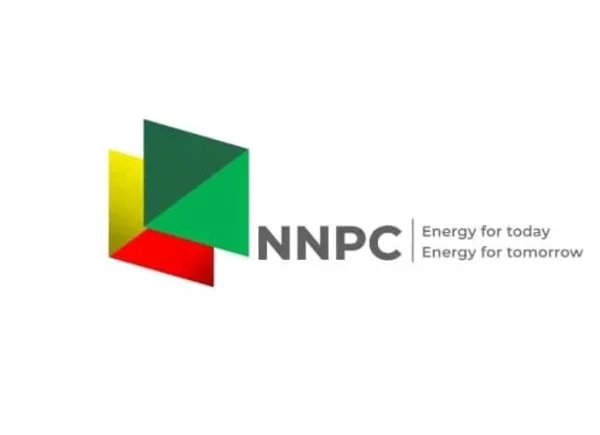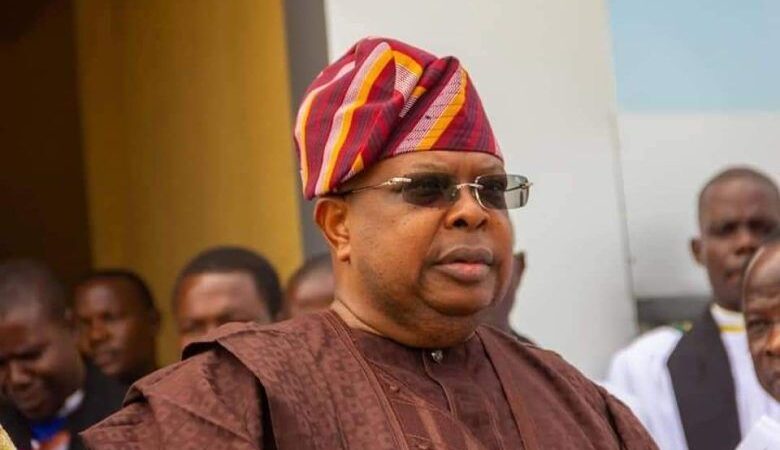Reviewing Nigeria’s Revenue Sharing Formula: Another Planning without Facts?

By Marcel Okeke
Nearly sixty years ago, a book titled: “Planning without Facts: Lessons
in Resource Allocation from Nigeria’s Development” was written by
Wolfgang F. Stolper, with contributions from Nicholas G. Carter, and
published by Harvard University Press in 1966. The book deals with
the complexities of resource allocation in Nigeria’s development, using
an input-output analysis of the Nigerian economy from 1959 to 1960.
Specifically, “Planning without Facts” highlights the challenges faced
by Nigeria’s policymakers during that period, who had to make
decisions without reliable data or statistics. The book provides valuable
insights into the country’s development strategies and the obstacles
encountered in allocating resources effectively.
Six decades down the line, the obstacles and complexities highlighted
by Stolper and Carter in “Planning without Facts” have become even
more pervasive and deeply entrenched in Nigeria. This is why resource
allocation (especially revenue sharing) remains a very sore point in the
geo-political and socio-economic life of Nigeria.
It is against this background that the proposed review of Nigeria’s
extant revenue-sharing formula by the Revenue Mobilization
Allocation and Fiscal Commission (RMAFC) assumes critical
importance and deserves focused analyses. According to the Chairman
of RMAFC, Mohammed Shehu, the review became necessary
following current economic realities since the last review of the formula
33 years ago in 1992.
Speaking at a news conference in Abuja, Shehu said the proposed
review aims to “produce a fair, just, and equitable revenue-sharing
formula that reflects the current responsibilities, needs, and capabilities
of the three tiers of governments in line with their constitutional roles.”
Under the current revenue allocation formula, the federal government
gets a share of 52.6 per cent, 26.7 per cent goes to the states, and 20.6
per cent is allocated to the local governments. One per cent each is also
allocated to the Federal Capital Territory (FCT), Ecological Fund,
Natural Resources, and Stabilization Fund under the vertical revenue
allocation.
The RMAFC is mandated under Paragraph 32(b), Part One of the Third
Schedule of the 1999 Constitution of the Federal Republic of Nigeria
(as amended) to “review, from time to time, the revenue allocation
formula and principles in operation to ensure conformity with changing
realities.”
Shehu said: “in line with the constitutional responsibility and in
response to the evolving socio-economic, political, and fiscal realities
of our nation, the Commission has resolved to initiate the process of
reviewing the revenue allocation formula to reflect emerging socio-
economic realities,” pointing out that some recent constitutional
amendments by the National Assembly had devolved certain
responsibilities to the sub-national governments.
Specifically, generation, transmission, and distribution of electricity;
railways and prisons (correctional centers) have been moved from
Exclusive List to Concurrent Legislative List, placing more financial
and administrative burdens on the state governments.
Shehu promised therefore that RMAFC would “carefully assess the
needs, service delivery obligations, fiscal performance and
developmental disparities of the sharing entities,” adding that the
review would be inclusive, data-driven, and transparent.
But apposite and politic as the review of the revenue-sharing formula
seems, the exercise itself evokes the debilitating challenges that have
stifled the much-desired rapid socio-economic development of Nigeria.
On population, for instance, as one of the principles of revenue
allocation: are there accepted population figures for the country and/or
the sub-nationals? Or, for the crucial job of resource allocation, will a
guesstimate or extrapolation suffice? Or, will the figures be conjured?
Census exercises have been some of the most contentious and
controversial socio-economic initiatives in Nigeria—from colonial to
contemporary times—leading to no reliable population data till date. It
is therefore going to be part of the maze for RMAFC to wade through
as it executes the proposed review.
How will RMAFC handle the issue of revenue allocation to some states
on the basis of their landmass and terrain? In today Nigeria, what
weight would be attached to ordinary land space vis-à-vis human
population in trying to arrive at a “fair, just and equitable” share of the
national revenue? Would a state with a large land mass get more
revenue than one with a large population but small land space? This is
part of the kernel for RMAFC to crack.
Under the subsisting arrangement, Lagos state which is believed to
have the thickest population of over twenty million, has only 20 local
governments that get allocations from the national pool. On the other
hand, Kano state which (perhaps) comes next to Lagos in population,
has over 40 local governments that get allocations. How the proposed
review would address situations like this will be of interest to many.
Without a doubt, the principle of derivation has remained the most
contentious in Nigeria’s revenue allocation efforts. What portion of the
‘national cake’ would an entity get based on the revenue being
generated from its domain? Here, the Niger Delta imbroglio comes to
mind. The oil-producing states’ challenge: what constitutes fair and
equitable allocation to them? How would other locations where other
minerals are mined be treated?
Will the principle of equality and even development have a place in the
review of the revenue allocation formula? Equality in terms of what?
Population? Land mass? Or, natural resources endowment? Can there
be ‘even development’ through revenue sharing? Given the wide
disparity in socio-cultural, educational, and human resource
composition and make-up of the states, will RMAFC attempt to bring
all to par?
What about allocation based on needs? Will this nebulous concept still
have a place in RMAFC’s proposed revenue-sharing formula? Will
allocation of more revenue to some states, for instance, truly lift them
from perpetual ‘underdevelopment’? What about the motely extraneous
factors that stifle the growth and development of so many of the states?
It will be very interesting to know the position of the Federal
Government regarding RMAFC’s proposal. This is because even
though there has been some devolution of responsibilities to the sub-
nationals (via constitutional amendments), the government at the center
has for long been hard put in terms of revenues.
Even with an allocation of 52.6 per cent in the current revenue-sharing
formula, the Federal Government has been contending with lingering
fiscal deficits year-in-year-out. This is why the government at the
center has practically been going cap in hand, borrowing money from
within and outside the country.
For quite some time now, the Federal Government’s search for funds in
the money and capital markets has largely crowded out not a few
private sector fund raisers. Whether through bond issuance, treasury
bills or other financial instruments, the Federal Government looms
large in all segments—borrowing to deal with budgetary deficits.
The RMAFC’s proposal is also coming at a time when Nigeria’s
National Assembly is pushing to create 31 new states. This proposal
aims to increase the country’s states from 36 to 67. The proposed states
are spread across the six geo-political zones of the country. How
RMAFC will factor in the ‘emerging’ states will be of interest to all
Nigerians.
The issue of population (of the country, the existing states, the ‘new’
states, etc.) will also be very intriguing for RMAFC and all
stakeholders. The Bola Ahmed Tinubu administration seems to be
expeditiously pursuing the conduct of a population and housing census
pretty soon. Mr. President had in April this year set up an eight-man
high level committee led by the Minister of Budget and Economic
Planning to work out the modalities and funding means for the census.
The committee was given a three-week deadline to turn in it ‘interim’
report, which will contain the census timeline, and funding readiness.
So, which one will come first: the national population and housing
census or RMAFC’s review of revenue allocation formula? Or, would
the revenue-sharing formula be reviewed “without accurate facts”?
Believing that neither RMAFC nor the President is merely flying a kite
by the revenue-sharing formula review proposal or the national census
initiative, Nigerians are waiting with bated breath. Will the cart go
before the horse or vice versa? Or, will both end up as failed proposals?
Time shall tell.
The author, Okeke, a practicing Economist, Business Strategist,
Sustainability expert and ex-Chief Economist of Zenith Bank Plc, lives in
Lekki, Lagos. He can be reached via: obioraokeke2000@yahoo.com
(08033075697) SMS only







